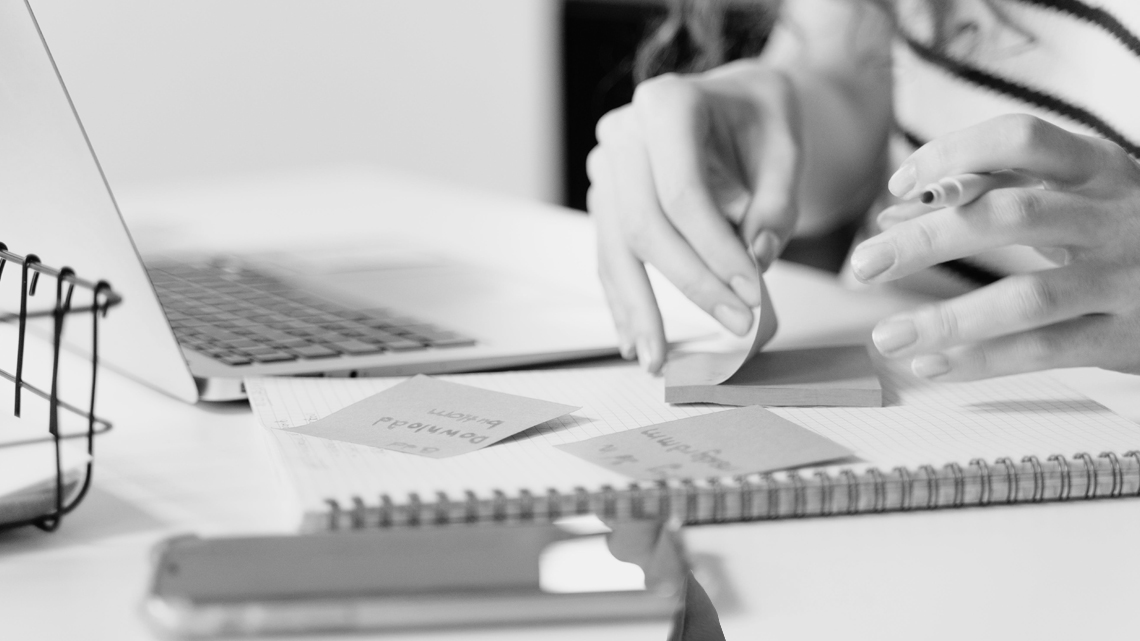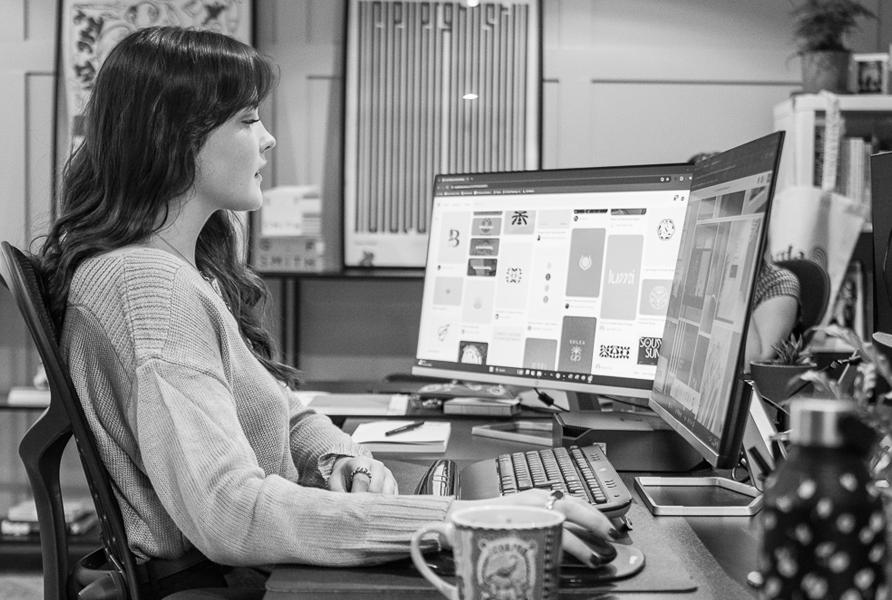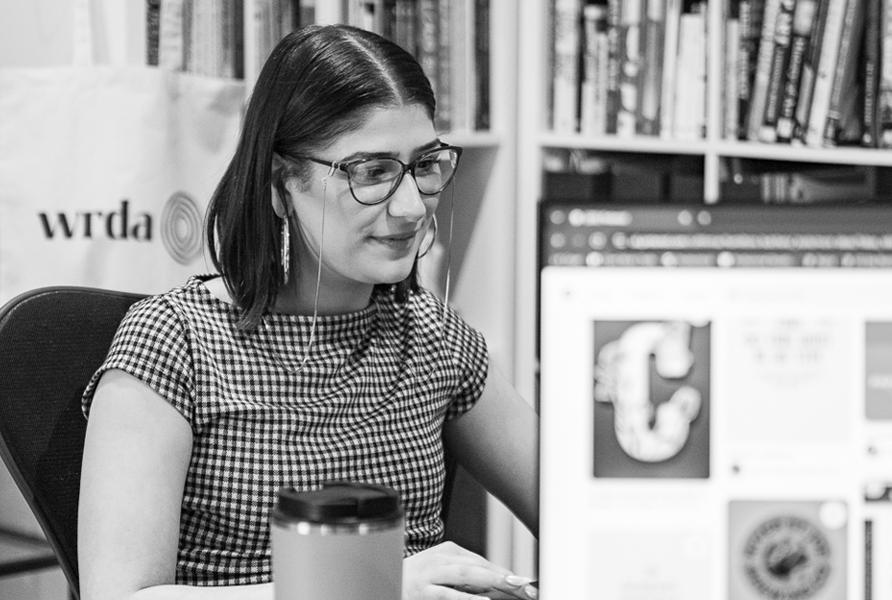
What is a design brief?
A design brief is essentially a one or two page agreement outlining the project vision and its goals and requirements. Although its immediate purpose is to inform designers of necessary details, this document will act as a point of reference for the wider team to keep the project on the right track. The key benefit to a well written design brief is efficiency; ironing out the details before the project begins will save you and your design team both time and money.
How does this differ from a creative brief?
A design brief resembles a creative brief in a lot of ways, however the design brief handles the preproduction and business side of the project, while the creative brief tackles the execution and outlines the core strategy.
A design brief includes the relevant detail to get all parties working towards delivering the goals and objectives. This detail will be used by all personnel looking to deliver the project. The creative team (typically designers) will use the creative brief as a more in-depth look into how your design will communicate to the customers, what elements you want to include, and the reasoning behind your decisions. This is then paired with the overall creative strategy, ensuring that it adheres to brand guidelines, existing creative, best practice etc. to deliver the best possible creative solution.
How to write a design brief
Start at the beginning
Give a brief overview of the company and its target audience so that while making enquiries, design studios can get up to speed with who you are and what you do.
Explain the ‘why’ of the project.
For example, brand recognition is low, you need to drive sales, differentiate your brand better in the market space, or introduce a new product. Internally, it’s a good idea to consult colleagues who understand the company’s position to compile a clear and complete picture of the problem the project will address.
List your desired goals.
These aren’t necessarily the project deliverables but are a depiction of what success will look like. How will your business look when the project is resolved? At this stage it might also be useful to recap previous campaigns relevant to the steer of your proposed project.
What’s ‘the Big Idea?’
If money and time weren’t an object, then what does the big win look like? Think about the tone and be concise. This will be a point to refer to and keep the project on course.
Outline any market research
Include an outline of relevant market research, not only in your field but in the wider market as well, so that designers can fully understand the background and scope of the project. You could also include a critique of competitor mistakes or successes, and in doing so, provide insights that will set your project apart from the crowd. Feel free to include images - after all, a picture speaks a thousand words.
Who is the target audience?
Who are we talking to? Include appropriate details on demographics, behaviour, their goals, values, challenges, and pain points. All this information is crucial to developing an authentic outcome that will reach your target audience effectively.
What are the deliverables?
List the deliverables you need to receive, whether those are digital files or printed materials, and the size or resolution needed. Of course, details can change throughout the process and designers can offer advice and what might be most effective.
Set your deadline
Next, propose a timeline with a definitive deadline. Work backwards from the launch date factoring in time for the design process, revisions and feedback, a buffer for unexpected changes and, if applicable, website testing, ad approval, and third-party production turnaround. Fast tracking this timeline could result in a higher cost. However, if it can’t be helped, make this very clear when making enquiries so that designers who take on the job will be able to prioritise it accordingly.
Set your budget
Think about the impact and the return of investment you hope to receive and let that guide how you value the project. A small problem doesn’t warrant a large investment, equally a large problem or one that carries a lot of risk if it were to fail demands an appropriate budget. Should the project have several moving parts, detail how the budget should be divided between them.
Set a point of contact
Close with a single point of contact that can be reached with any queries. It’s important to choose the right person for this position, as they need to understand the brief, have the power of veto within the project and be able to sign off on decisions made across the project in order to ensure an efficient process.
It’s time to sign off
Work with your designer on signing off the brief, give them a chance to feedback and help refine your initial brief, diagnose the problem from a design perspective, reallocate creative time or budget where necessary that will ultimately yield better results.
At Clever Ghost, we have extensive experience in establishing both design and creative briefs with our clients. We run discovery workshops that help outline and cover in-depth all of the above areas. If you want to start your next project off on the right foot, please get in touch.




